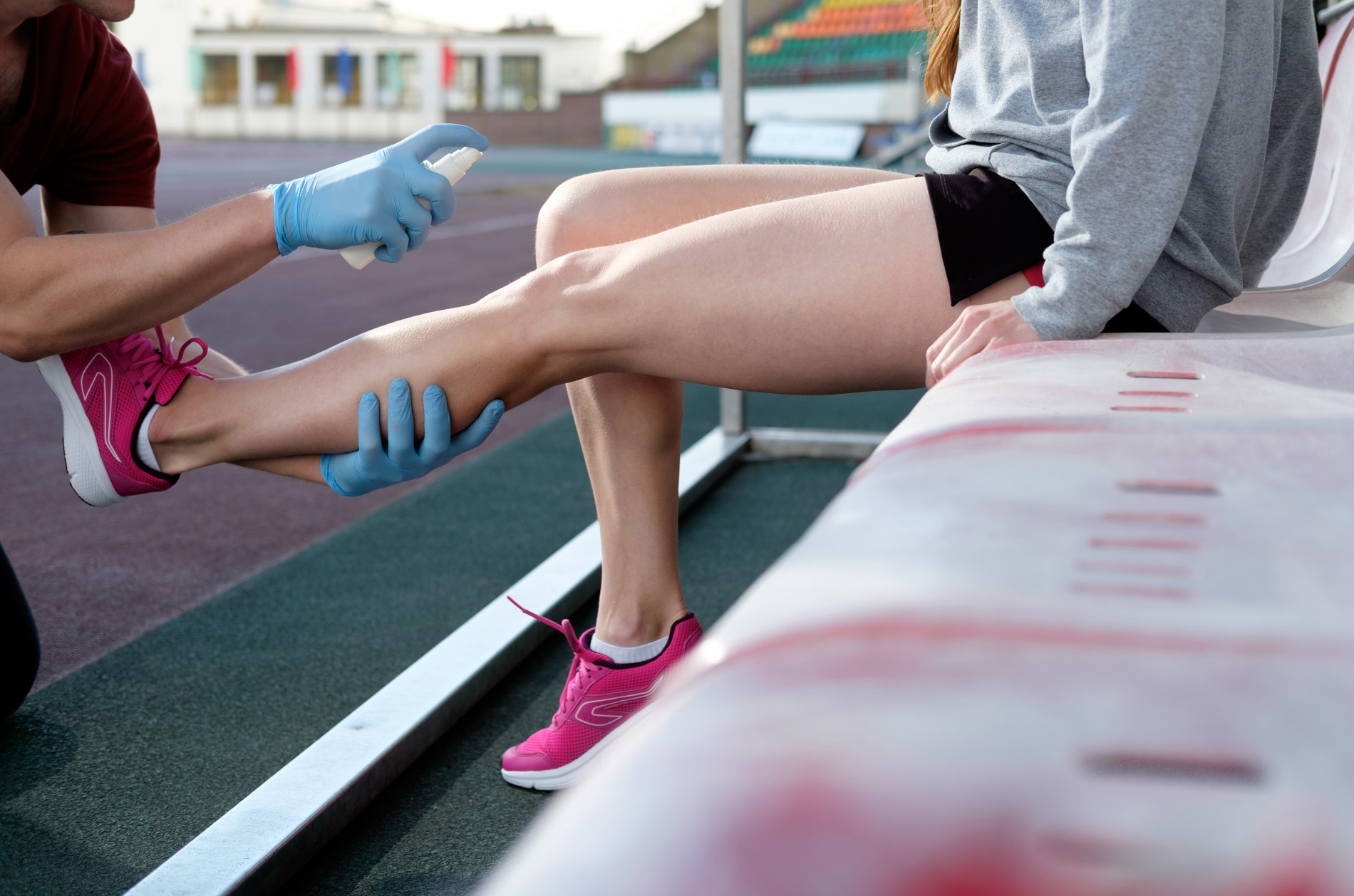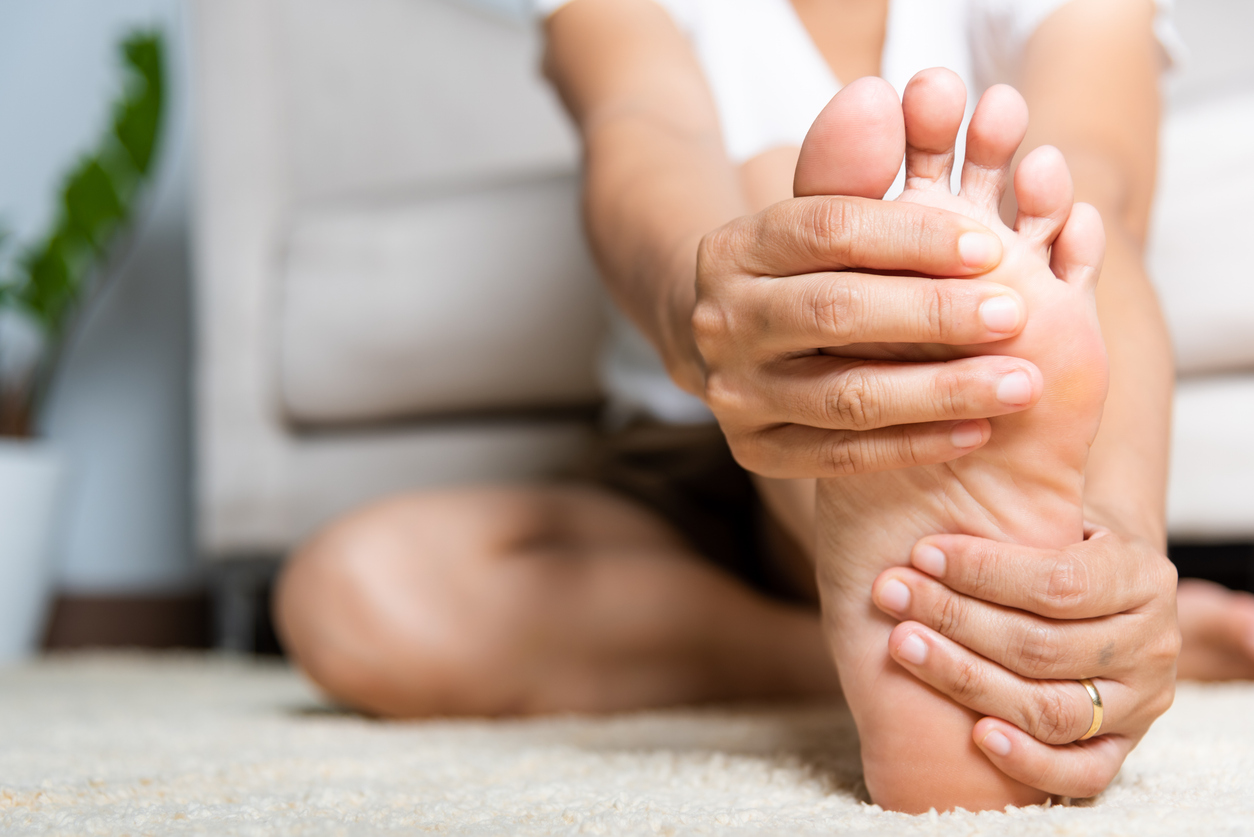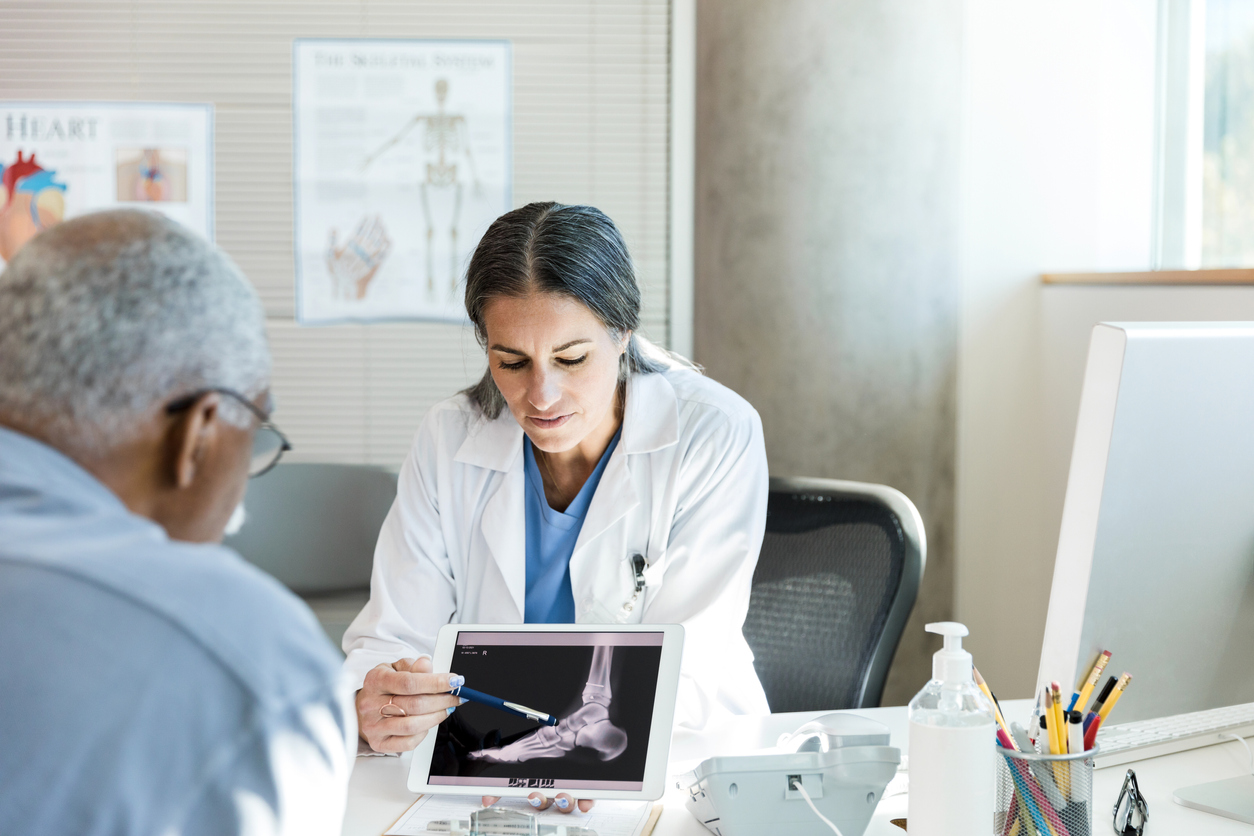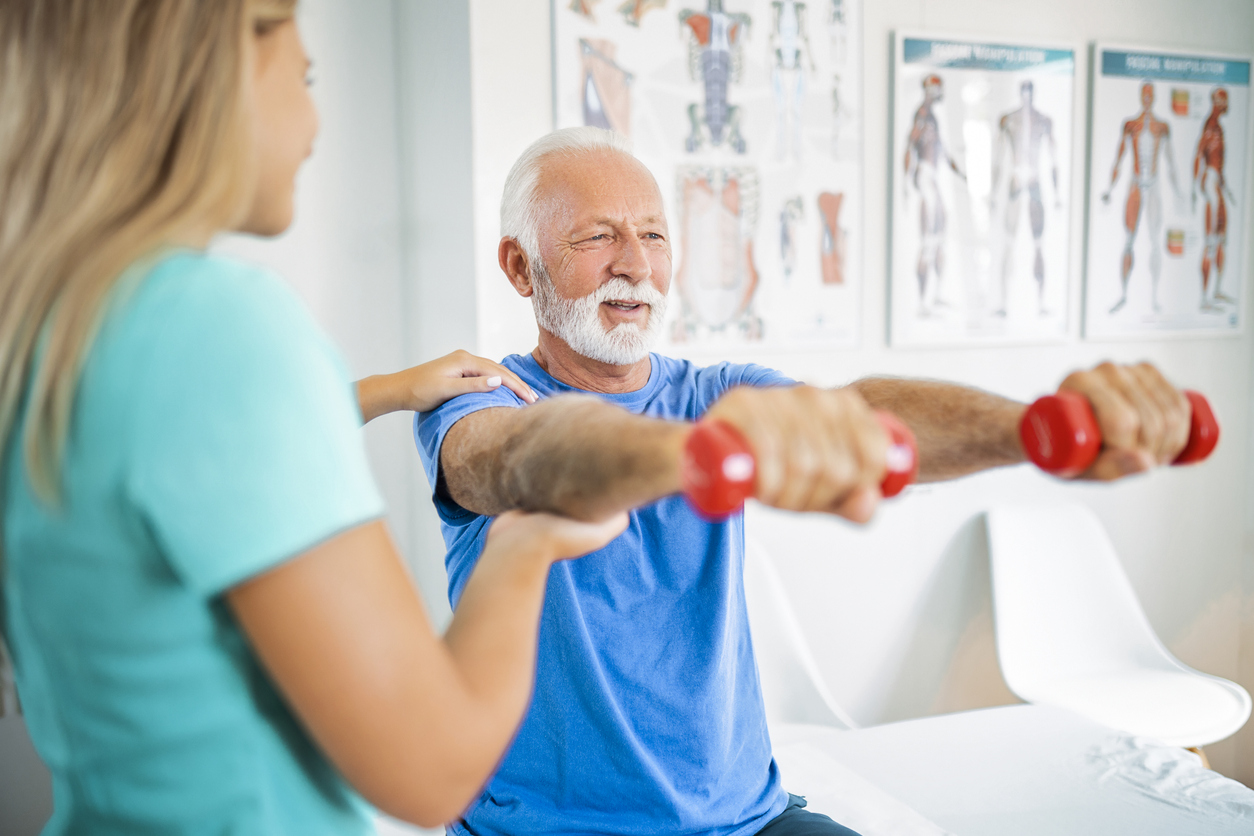
It is believed that professional athletes are less likely to get injured than amateurs. However, professional sports, unfortunately, are fraught with serious health risks. Exhausting workouts, typical for professional sport, wear out the body and are dangerous. Dangerous for joints either. Moreover, different sports “target” different parts of the body.
The most common injury in any sport is the knee. For example, an unsuccessful landing may result in a meniscus popping out. And in this case, the athlete may drop out of training for a long time. Although now this period has been reduced to a couple of months instead of 6-12 months.
However, there are specific diseases that are characteristic of individual sports.
Swimmer’s shoulder (shoulder impingement, subacromial impingement or painful arc) is an alternative name for tendinitis of the shoulder joint. This is the name of inflammation and dystrophy of the tendons around the shoulder joint. There may also be breaks. This disease occurs in swimmers who train very hard and do not allow enough time for rest.
Breaststroke swimmers often develop inflammation of the knee joints (“swimmer’s knee”).
Inflammation of the knee cartilage (“runner’s knee”) is common among runners. Severe pain in the kneecaps during the descent can become unbearable. To avoid the disease, it is necessary to strengthen the gluteal muscles and stretch the hip flexor muscles.
If the load increases dramatically or the body lacks calcium, the periosteum (the tissue surrounding the bone) may become inflamed. Prevention includes careful selection of shoes and a smooth increase in the pace of training.
If the calf muscles are weak, the Achilles tendon (which is located near the heel) can become inflamed. Also, this disease is an occupational risk for gymnasts.
When running the main load falls on the tendons of the foot. Therefore, plantar fasciitis often occurs when the ligament that supports the arch of the foot and connects the toes to the heel becomes inflamed.
It is important to avoid stress fractures, since these injuries cause initially imperceptible cracks to increase with increasing loads.
Gymnasts often suffer from fractures and sprains of the wrists, as the arms are subjected to extreme stress.
Young gymnasts are at risk of “getting” Osgood-Schlatter disease. This is an inflammation of the growth plates in the heels and knees. It develops if young athletes perform complex elements for which fragile bones are not yet ready.
There are many injuries in football. One of the most common is damage to the anterior cruciate ligament of the knee. Reasons: sharp turns, knee strikes and bad landings. As a result, arthrosis of the knee joint can develop. These injuries are also typical for hockey players.
Often football players receive blows to the ankle area, which also leads to injuries. Ankles also suffer from unsuccessful landings. And again, arthrosis is knocking on the door. Skiers and snowboarders are also at risk.
Sudden changes in position and impacts cause damage to the ligaments.
Insufficient muscle warm-up or poor warm-ups lead to groin injuries.
The front and back of the thighs also suffer from insufficient warm-ups.
Tennis and golf can lead to tendon overload if the racket is not properly chosen or the technique of hitting is not mature enough. The inflammation can become chronic. There is even a special disease “golfer’s or tennis elbow“.
To summarize, we can say that injuries and illnesses of athletes are most often the result of inattention to minor injuries, improper selection of equipment and poor warm-ups. The situation is aggravated by exhausting workouts, a tough daily routine, the strictest diets and overwork. For many athletes, injuries become chronic, which means that they are even more difficult to treat.
Of course, without physical activity, a full life is impossible. However, everything is good in moderation. It is very important to give the body a chance to recover. Including with the help of physiotherapy courses. And the best treatment is still prevention.




